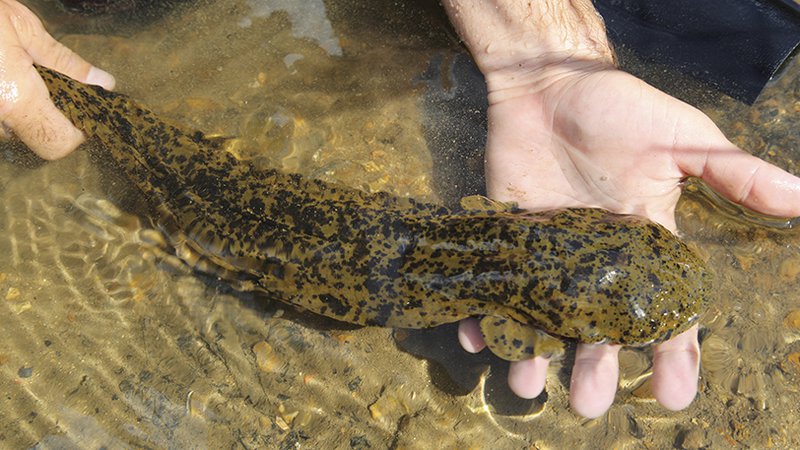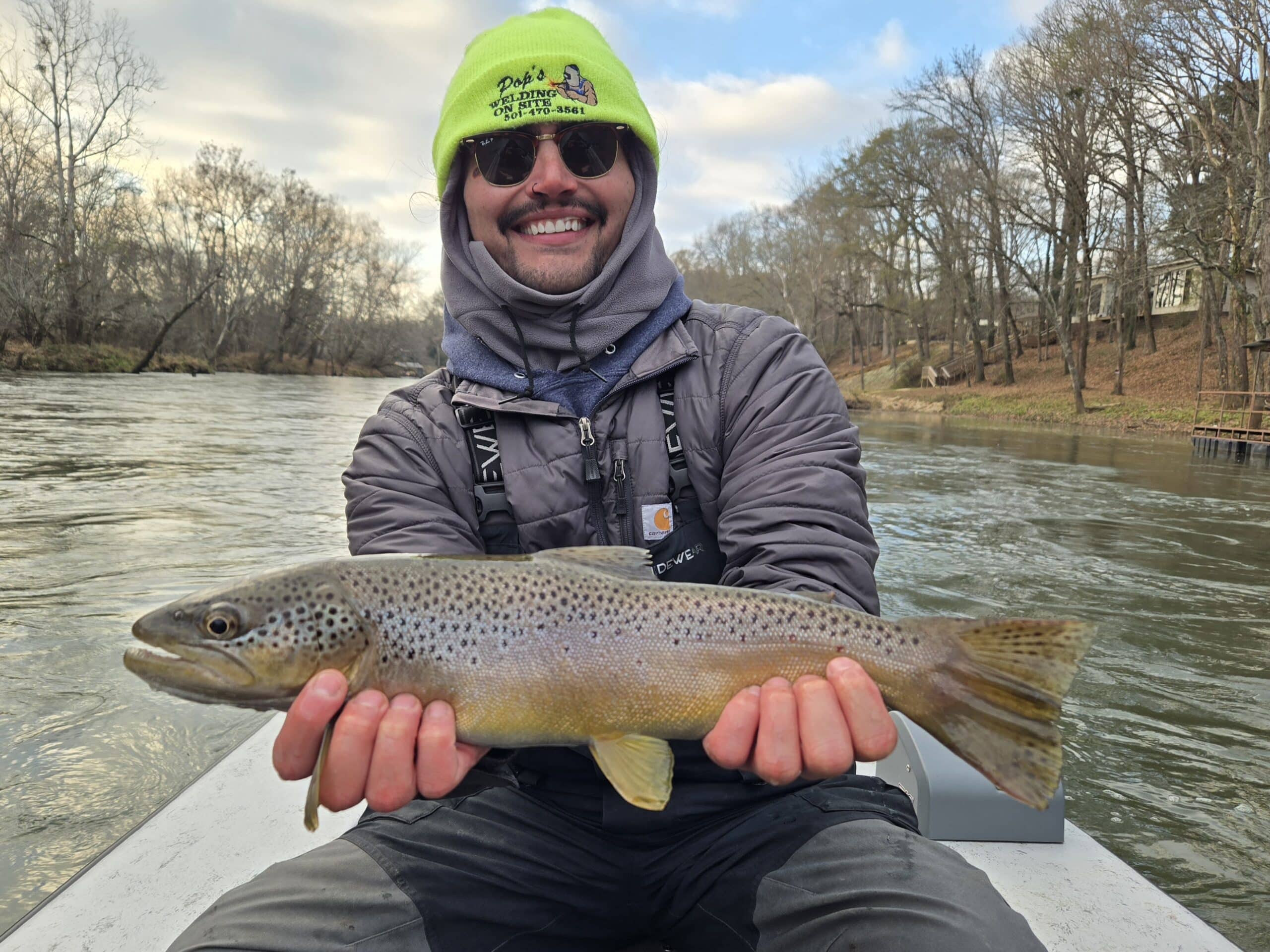New bill may mean more ability to conserve at-risk wildlife species in Arkansas
ON 07-17-2019

July 17, 2019
Randy Zellers
Assistant Chief of Communications
WASHINGTON, DC – Conservation of our nation’s wildlife may see a dramatic boost thanks to a bill introduced in the U.S. House of Representatives July 12 by Representatives Jeff Fortenberry (R-NE) and Debbie Dingell (D-MI). The Recovering America’s Wildlife Act (H.R. 3742) was introduced with bipartisan support to devote additional money to wildlife conservation throughout the U.S.
Dingell and Fortenberry first introduced the bill in 2017 based on a recommendation from a panel of conservation and business leaders. The Blue Ribbon Panel on Sustaining America’s Diverse Fish and Wildlife Resources, a group of national business and conservation leaders co-chaired by Bass Pro Shops founder John L. Morris and former Wyoming governor Dave Freudenthal, convened in 2015 to recommend a new mechanism to sustainably fund fish and wildlife conservation.
If passed, the bill would dedicate $1.3 billion annually to state fish and wildlife agencies to implement their science-based wildlife action plans and an additional $97.5 million for tribal fish and wildlife managers to conserve fish and wildlife on tribal lands and waters. This will provide dedicated funding, so state and tribal wildlife managers can proactively conserve fish and wildlife species of greatest conservation need in a voluntary, non-regulatory manner before federal listing under the Endangered Species Act is warranted.
“Bold solutions are needed to safeguard our nation’s wildlife from further decline,” said Congresswoman Dingell. “The Recovering America’s Wildlife Act represents a strong commitment to addressing the current biodiversity crisis using innovative, state-based management that will safeguard our nation’s environmental heritage for current and future generations.”
Congressman Fortenberry added “Recovering America’s Wildlife Act (RAWA) is a smart upstream policy that promotes continuity of habitats and helps prevent the costly downstream emergency room procedures of the Endangered Species Act. Through proactive, collaborative, and voluntary partnerships with states, RAWA enhances community recreational opportunity for birders, hikers, hunters, anglers and all who enjoy the beauty of nature.”
In Arkansas, the bill could mean as much as $13 million annually devoted to wildlife habitat restoration, an arena traditionally funded through consumptive uses, such as hunting and fishing license sales and taxes placed on hunting, fishing and shooting equipment.
“The Wildlife and Sportfish Restoration Program has been an excellent source of funding to fuel conservation in the past, but as times change and the needs of conservation grow, a new source of funding is needed by all states to ensure at-risk species do not become threatened or endangered,” said Chris Colclasure, deputy director of the Arkansas Game and Fish Commission.
Colclasure says there are many examples of how conservation work for game animals has benefitted non-game species, and just as many conservation success stories of nongame habitat management benefitting game animals.
“Some of our most promising quail restoration areas in some portions of the state were originally set aside and managed for red-cockaded woodpeckers,” Colclasure said. “Many of the species that would benefit share habitat with game species, such as quail, turkey and deer,” Colclasure said. “Any actions we take to benefit one should benefit many others.”
To learn more about the act, visit www.ournatureUSA.com.
Recent News

CWD-positive deer found in Grant, Sevier counties
Dec. 19, 2025

Arkansas Wildlife Weekly Fishing Report
Dec. 18, 2025
Subscribe to Our Weekly Newsletter E-mails
Don’t miss another issue. Sign up now to receive the AGFC Wildlife Weekly Newsletter in your mailbox every Wednesday afternoon (Waterfowl Reports are published weekly during waterfowl season and periodically outside the season). Fishing Reports arrive on Thursdays. Fill in the following fields and hit submit. Thanks, and welcome!
